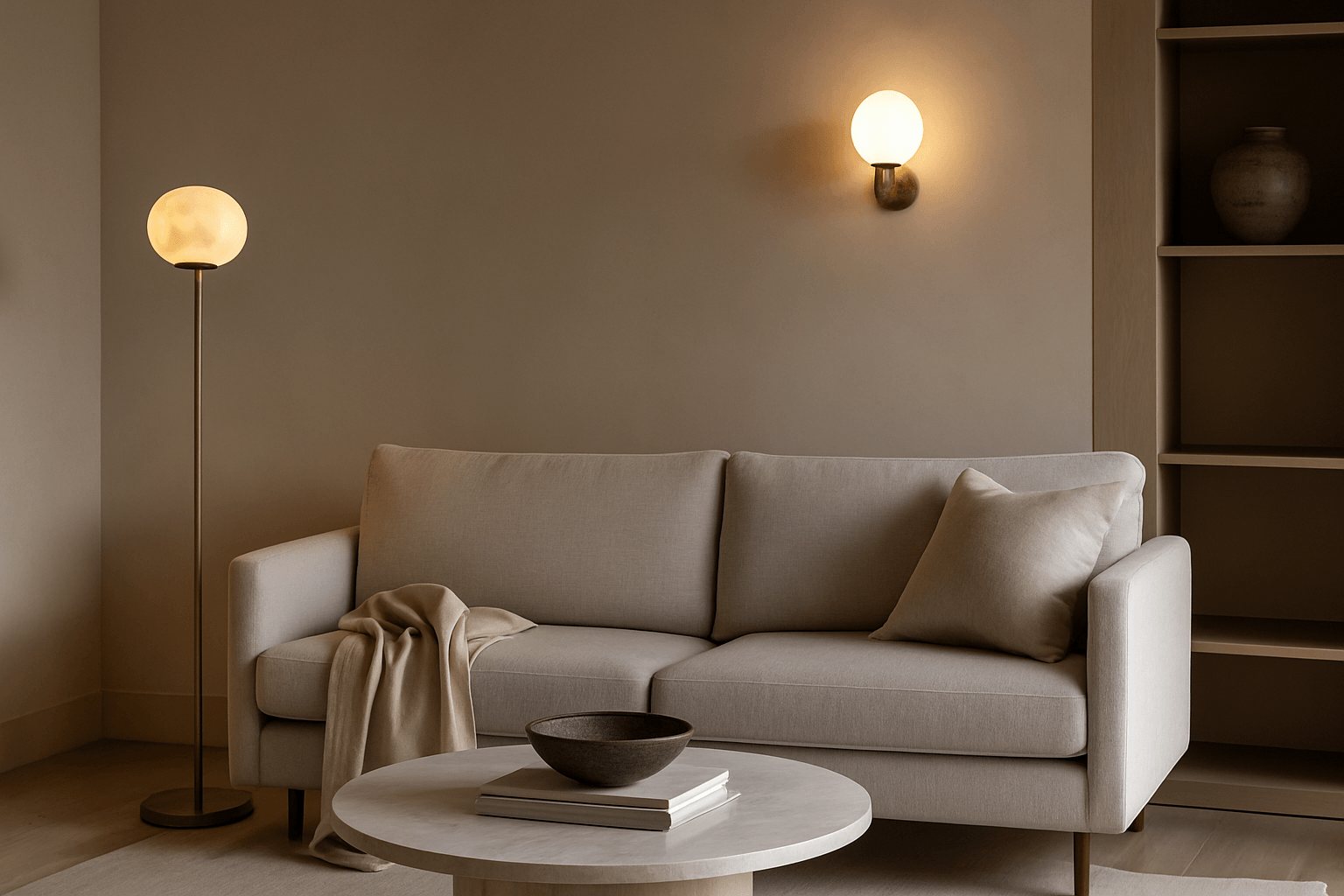Why Texture Matters
In minimalist interiors, where color palettes are often subdued and forms are simple, texture becomes the key to visual interest. It’s what prevents minimal spaces from feeling flat or sterile.
Layering Materials
Contrast is your best friend. Think rough stone next to smooth glass, matte ceramic paired with brushed metal, or crisp linen against rich oak. These material juxtapositions bring tactile depth and encourage the eye to explore a room.
Lighting Enhances Texture
Soft, directional lighting—especially wall sconces and table lamps—casts shadows that reveal the subtleties in textured surfaces. Consider ribbed glass, linen shades, or concrete finishes under warm LEDs to truly highlight the detail.
Natural Elements Feel Grounded
Organic materials like travertine, jute, cotton, or unfinished wood inherently carry texture. Integrating these into your home—through lighting bases, rugs, throws, or furniture—invites a grounded, calming ambiance.
Keeping It Intentional
Texture shouldn't overwhelm. In minimalist design, the goal is always balance. Choose one or two statement materials, then complement them with quieter elements that let the tactile accents shine.
Final Thought
When designing with minimalism in mind, don’t just think about what you see—think about what you feel. Texture is the bridge between visual simplicity and emotional richness.
















